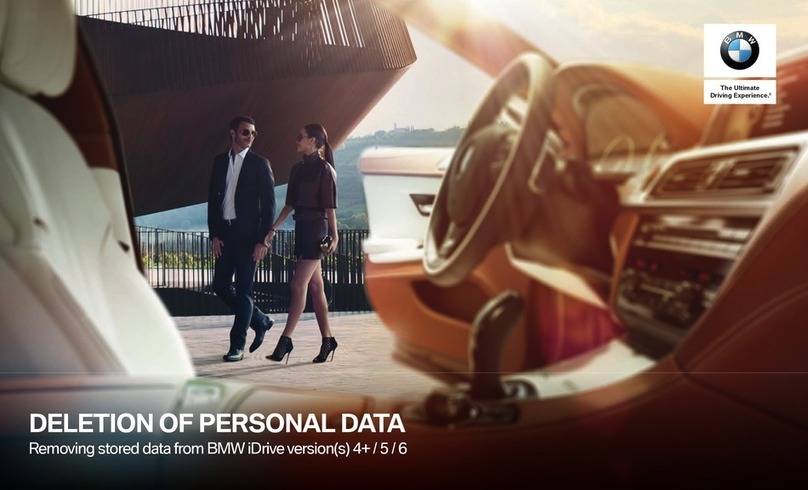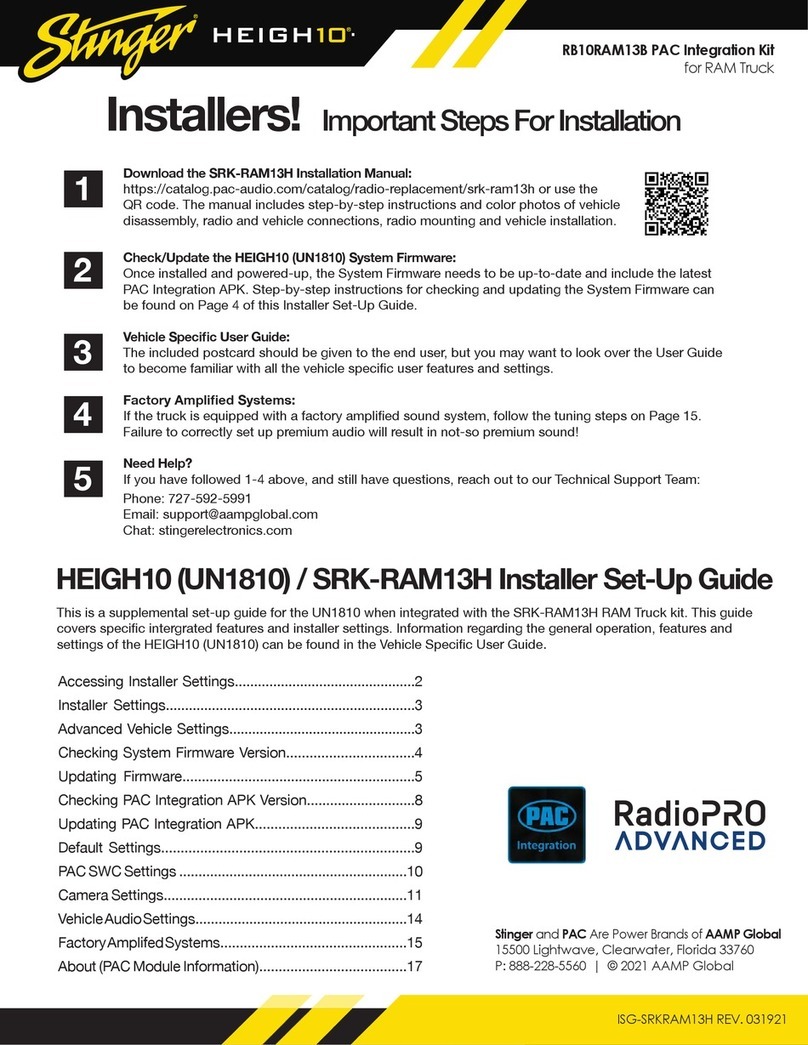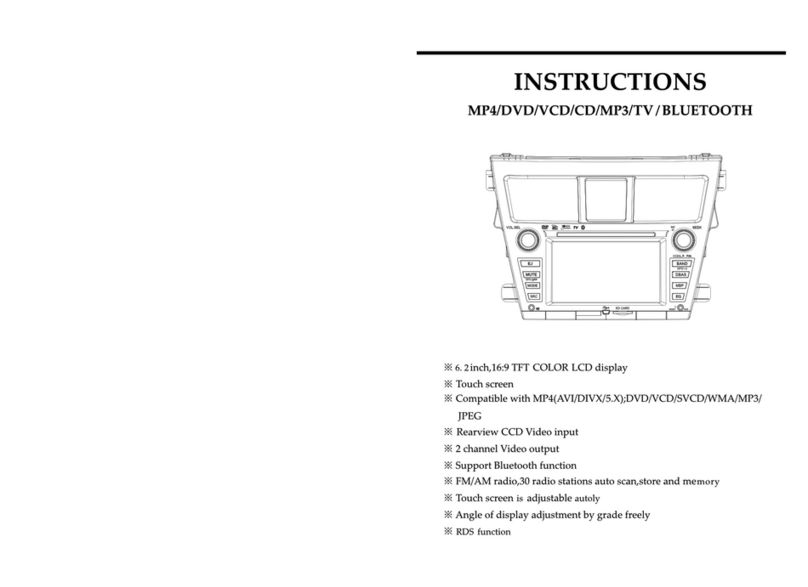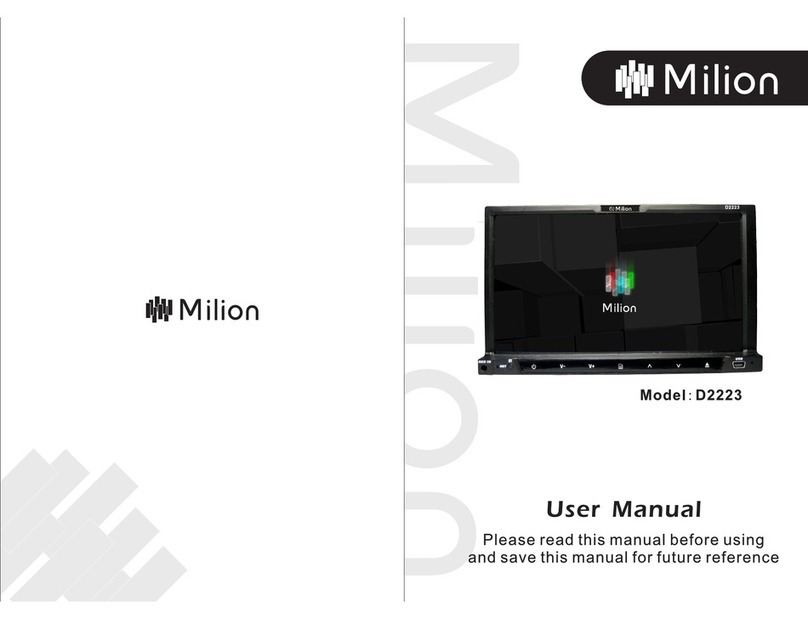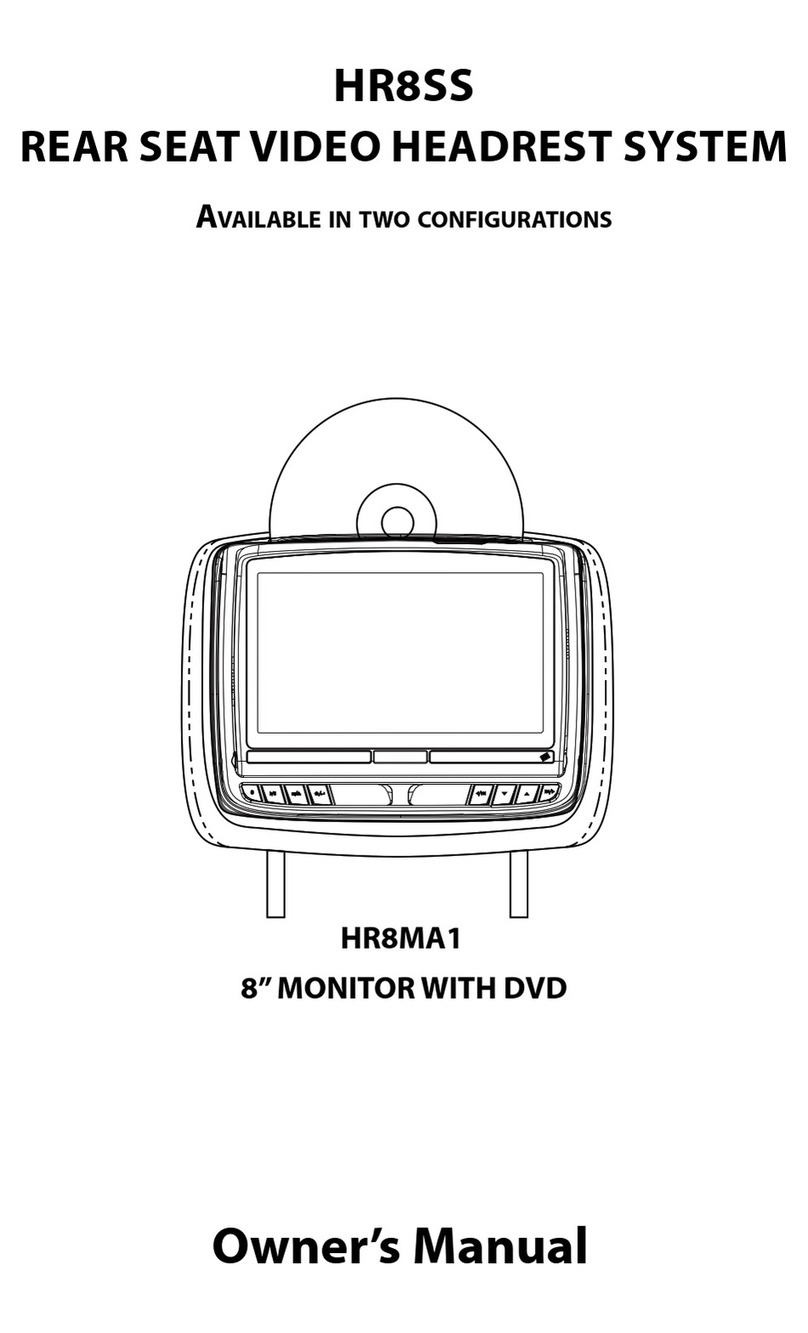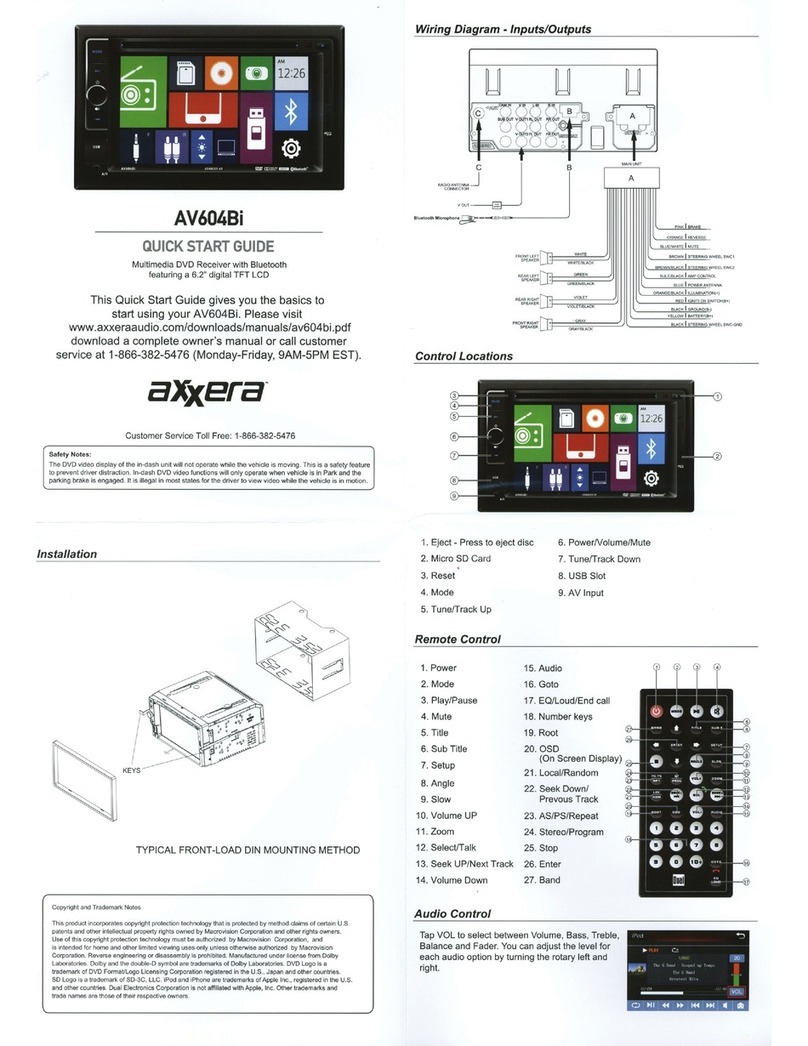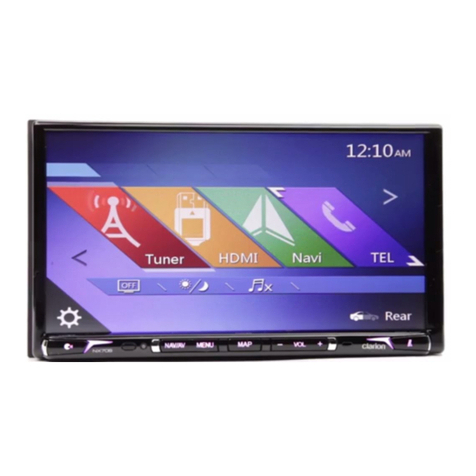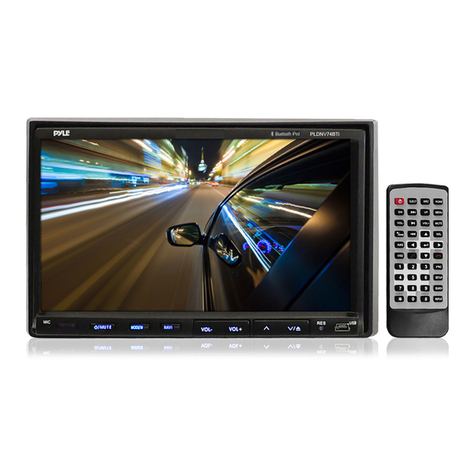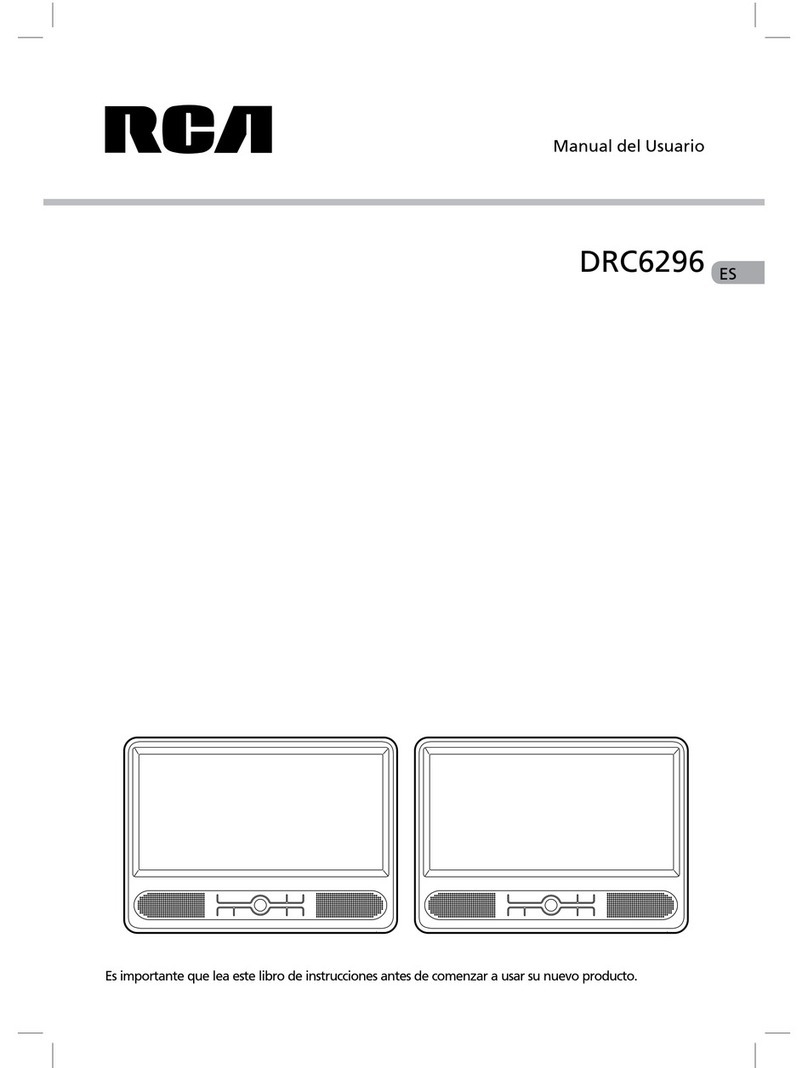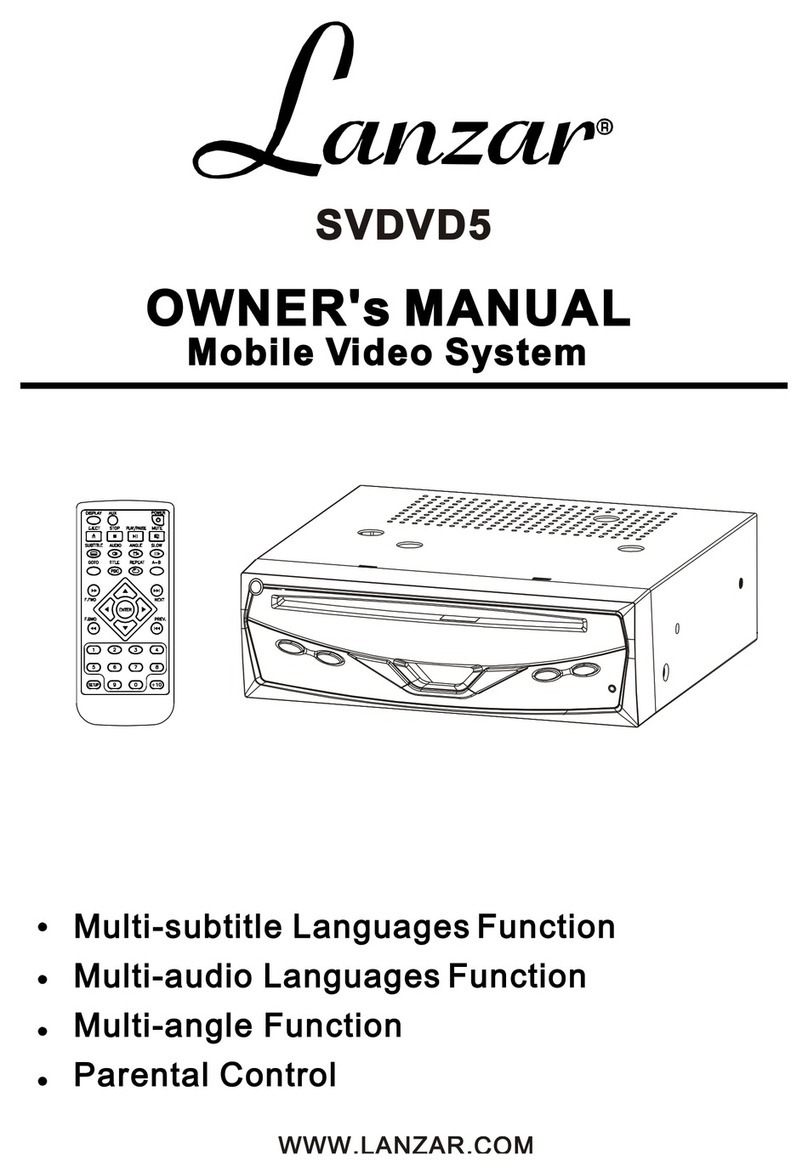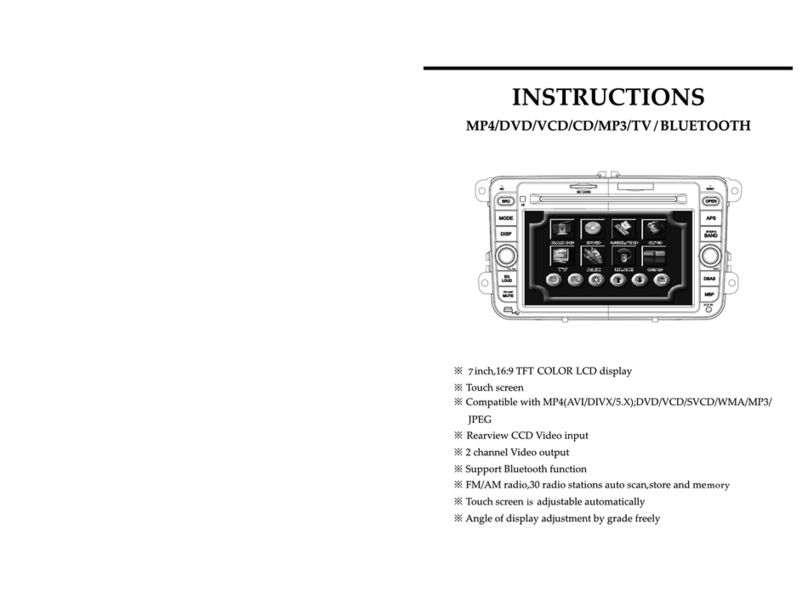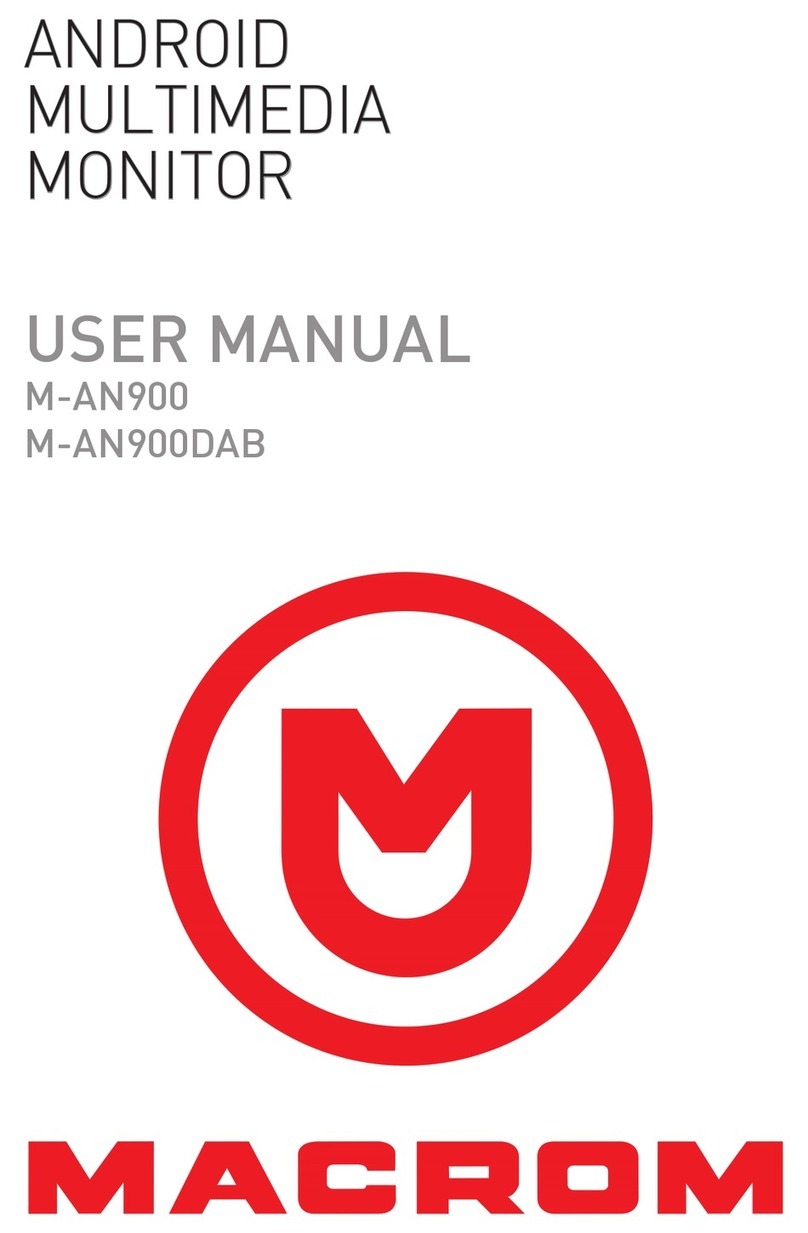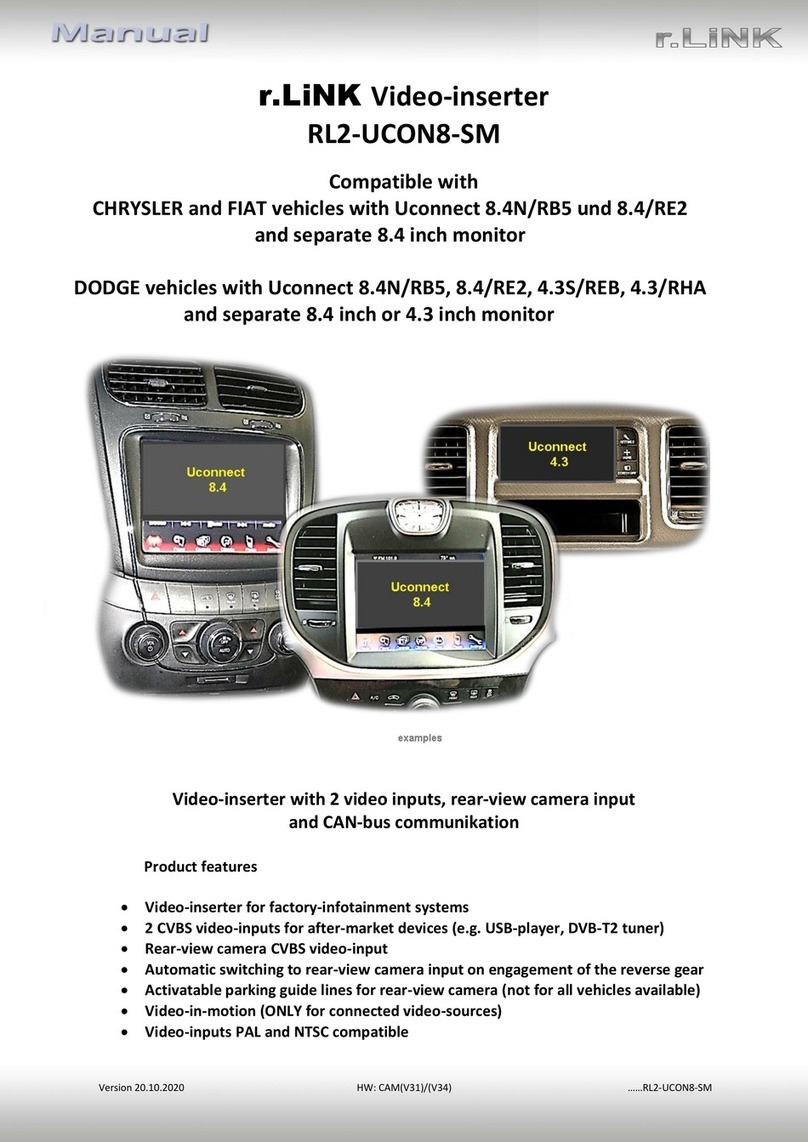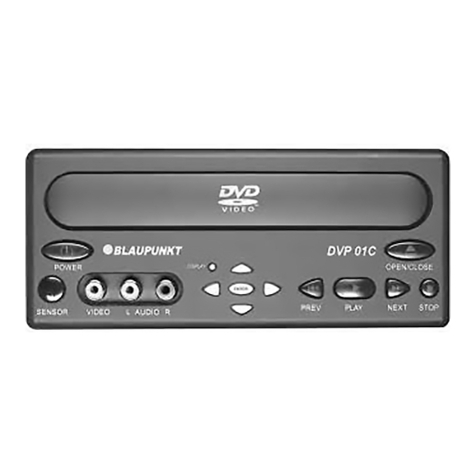
Initial Print Date: 03/06
Table of Contents
Subject Page
Introduction . . . . . . . . . . . . . . . . . . . . . . . . . . . . . . . . . . . . . . . . . . . . . . . . . .3
System Overview . . . . . . . . . . . . . . . . . . . . . . . . . . . . . . . . . . . . . . . . . . . . .4
Connection of Control Units . . . . . . . . . . . . . . . . . . . . . . . . . . . . . . . . . . . . .5
Control Unit and Camera . . . . . . . . . . . . . . . . . . . . . . . . . . . . . . . . . . . . . .5
K-CAN . . . . . . . . . . . . . . . . . . . . . . . . . . . . . . . . . . . . . . . . . . . . . . . . . . . . . .5
System Circuit Diagram (Front Equipment - E65/E66) . . . . . . . . . . . . . .6
Connection of Control Units . . . . . . . . . . . . . . . . . . . . . . . . . . . . . . . . . . . . .9
Control Unit and Camera . . . . . . . . . . . . . . . . . . . . . . . . . . . . . . . . . . . . . .9
K-CAN . . . . . . . . . . . . . . . . . . . . . . . . . . . . . . . . . . . . . . . . . . . . . . . . . . . . . .9
System Circuit Diagram (E60/E61/E63/E64) . . . . . . . . . . . . . . . . . . . . . .10
System Components . . . . . . . . . . . . . . . . . . . . . . . . . . . . . . . . . . . . . . . . .12
Components . . . . . . . . . . . . . . . . . . . . . . . . . . . . . . . . . . . . . . . . . . . . . . . . . .12
Night Vision Camera . . . . . . . . . . . . . . . . . . . . . . . . . . . . . . . . . . . . . . . .13
Night Vision Control Unit . . . . . . . . . . . . . . . . . . . . . . . . . . . . . . . . . . . . .14
Button in Light Switch Center . . . . . . . . . . . . . . . . . . . . . . . . . . . . . . . .14
Principles of Operation . . . . . . . . . . . . . . . . . . . . . . . . . . . . . . . . . . . . . . .15
Switch-On Conditions . . . . . . . . . . . . . . . . . . . . . . . . . . . . . . . . . . . . . . . . .16
Operation by iDrive . . . . . . . . . . . . . . . . . . . . . . . . . . . . . . . . . . . . . . . . . . . .17
Calling up Settings . . . . . . . . . . . . . . . . . . . . . . . . . . . . . . . . . . . . . . . . . .17
Calling Up Menu . . . . . . . . . . . . . . . . . . . . . . . . . . . . . . . . . . . . . . . . .17
Zoom - Angle of View of Camera . . . . . . . . . . . . . . . . . . . . . . . . . . . . .18
Bend/Curve Mode . . . . . . . . . . . . . . . . . . . . . . . . . . . . . . . . . . . . . . . . . .19
Full Screen . . . . . . . . . . . . . . . . . . . . . . . . . . . . . . . . . . . . . . . . . . . . . . . . .20
Contrast and Brightness . . . . . . . . . . . . . . . . . . . . . . . . . . . . . . . . . . . . .20
Visibility . . . . . . . . . . . . . . . . . . . . . . . . . . . . . . . . . . . . . . . . . . . . . . . . . . . .21
Service Information . . . . . . . . . . . . . . . . . . . . . . . . . . . . . . . . . . . . . . . . . .22
Axial Camera Adjustment . . . . . . . . . . . . . . . . . . . . . . . . . . . . . . . . . . . . . .22
Vertical Camera Adjustment . . . . . . . . . . . . . . . . . . . . . . . . . . . . . . . . . . . .22
Replacing Camera Washer Jet . . . . . . . . . . . . . . . . . . . . . . . . . . . . . . . . . .22
Displays in Event of a Fault . . . . . . . . . . . . . . . . . . . . . . . . . . . . . . . . . . . . .23
Component Location . . . . . . . . . . . . . . . . . . . . . . . . . . . . . . . . . . . . . . . . . .24
BMW Night Vision
Revision Date:








